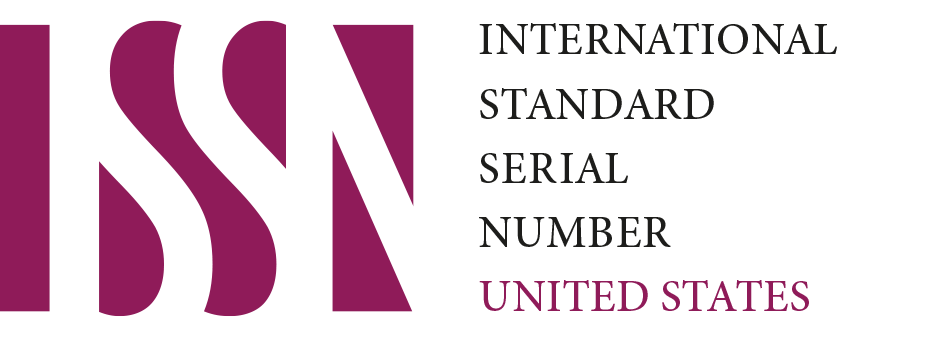High-density polyethylene/date palm tree fiber composites: Effect of chemical treatment and fiber type
DOI:
https://doi.org/10.26629/48xkv821الكلمات المفتاحية:
Chemical treatment، date palm، high-density polyethylene، mechanical properties، water resistanceالملخص
Date palm tree fiber (DPTF) at a loading of 20 wt% was incorporated as a natural filler in high-density polyethylene (HDPE) to fabricate various HDPE/DPTF composites. The effect of fiber type and its chemical treatment on the properties of the resultant composites was investigated. Two different parts of the date palm tree, namely: meshes and leaflets were used to obtain the DPTFs, which were chemically treated by polyethylene glycol (PEG). Mechanical, water resistance and morphological properties of the composites containing the treated and untreated DPTFs were studied. Generally, composites made with treated DPTFs had better mechanical properties, namely higher impact strength and Shore D hardness than that of neat HDPE and composites made with untreated DPTFs. The highest impact strength and hardness was measured for composites containing treated DPTFs obtained from the meshes. In addition, composites made with treated DPTFs had better water resistance properties (more hydrophobic nature and less water absorption) than that of composites with untreated DPTFs. Contrary, as shown by water vapour transmission rate measurements, the diffusion of water in its vapor state increased when treated DPTFs (obtained from both meshes and leaflets) was used. Microscopic observations indicated the formation of a homogenous fiber particle distribution in composites made with treated DPTFs in comparison to those made with untreated DPTFs. This indicates the presence of a good interfacial adhesion (thus compatibility) between the treated DPTFs and the HDPE matrix, which resulted in the formation of composites with improved mechanical as well as water resistance properties.








